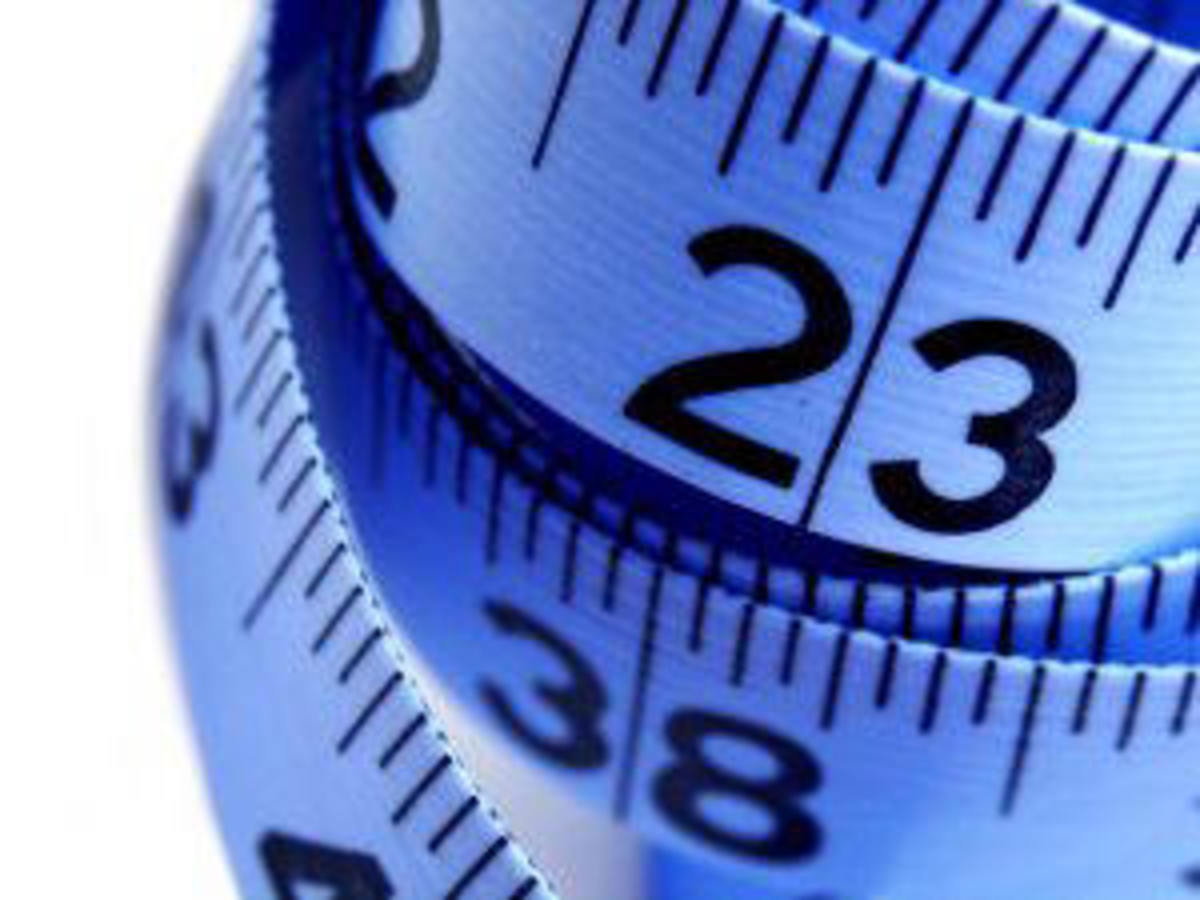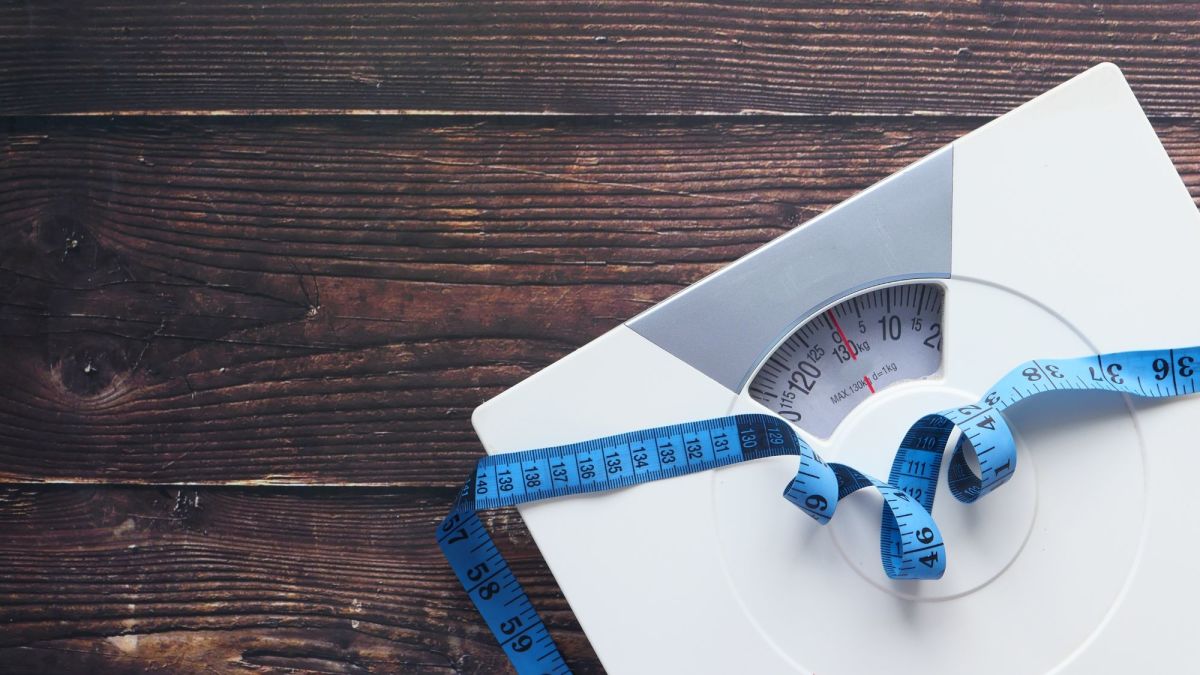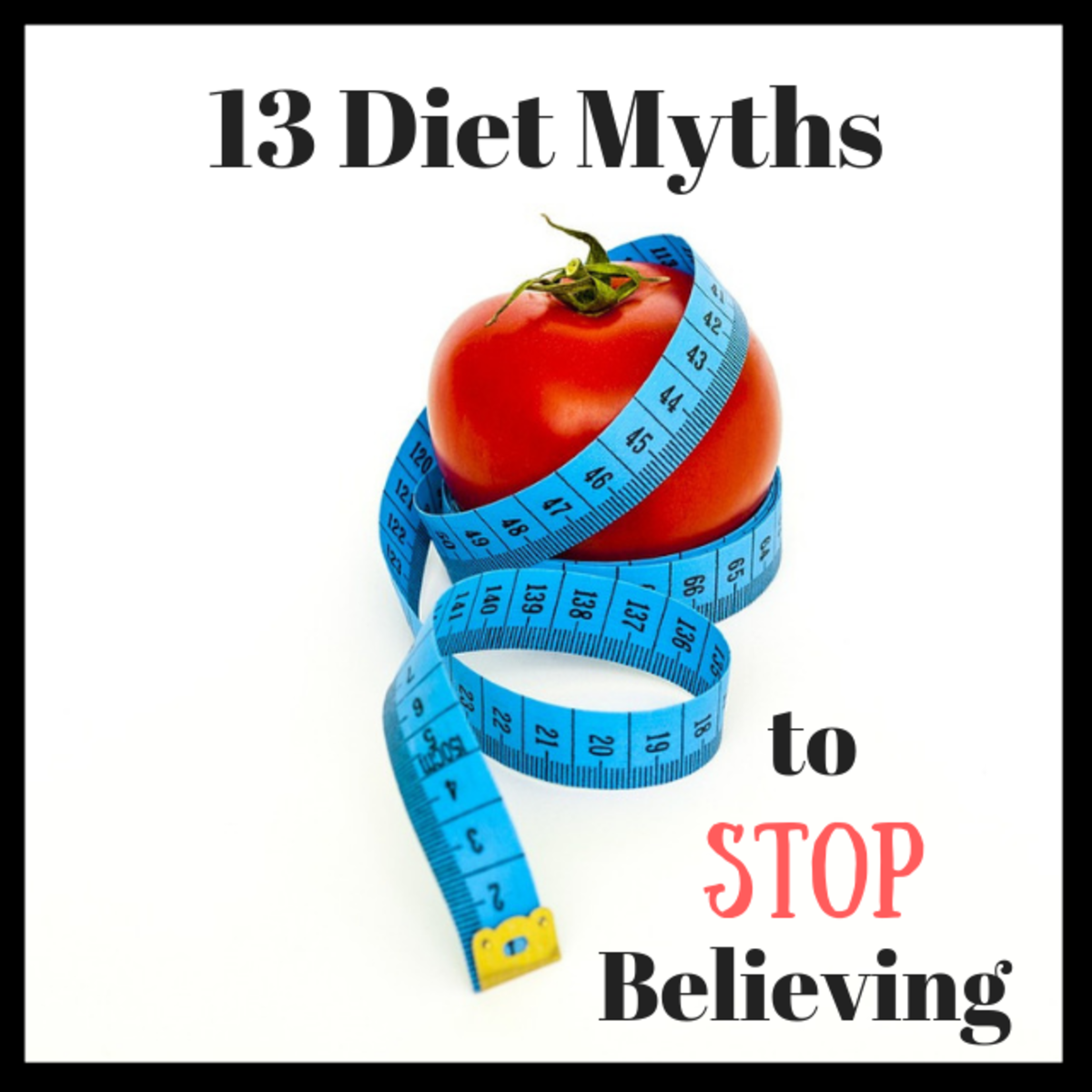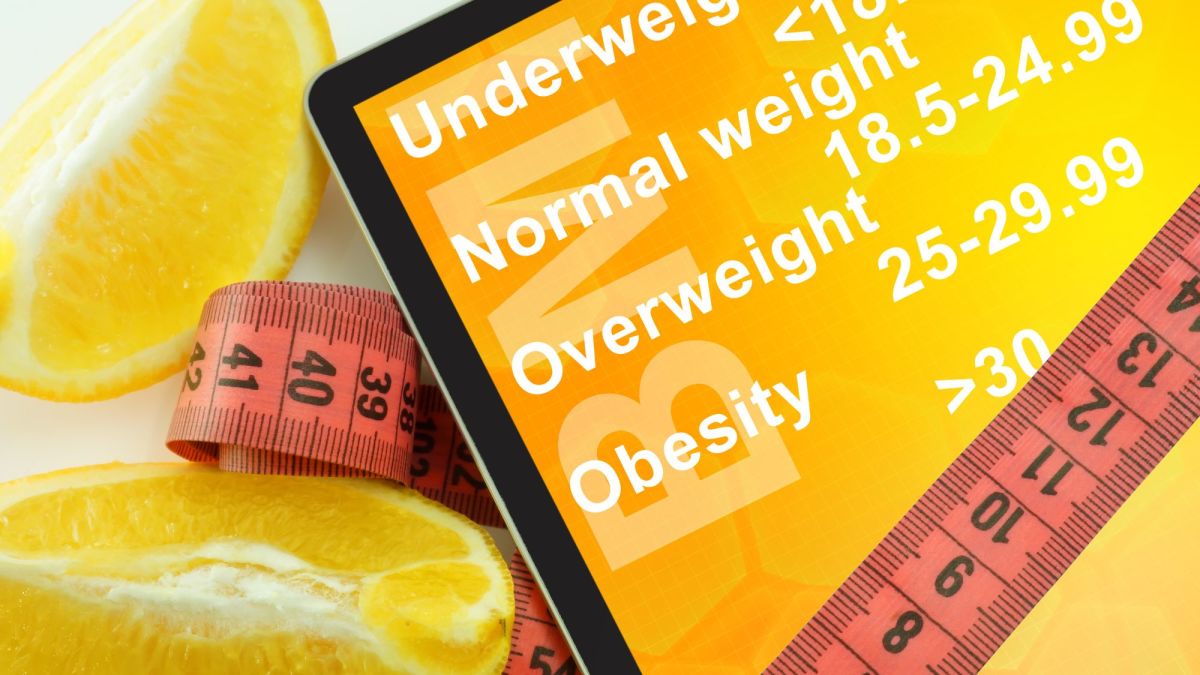How to Lose Weight Healthily and Safely
About the Author
Abby Campbell, BSc, SFN, SSN, CPT, is a leading professional fitness and nutrition expert, researcher, and published author of One Size Does NOT Fit All Diet Plan, one of Amazon's Top Gluten-Free and Weight Loss Diets. (You may read more about Abby at the bottom of this article.)

Is Your Brain the Cause of Weight Gain?
Your brain may be smarter than you think. It warns and protects you when it's cold or hot so that you know how to dress appropriately. It triggers pain when your body is ill or injured so that you know to see your physician or treat yourself. Your brain even puts the brakes on your weight loss progress when you are not feeding it the nutrition it needs. Find out what your needs are and how to lose weight healthily and safely.
At any given moment, 25 percent of all men and 33 percent of all women are on some sort of formal diet within the United States. More than 55 percent gain back all of their weight and more than what they started with.1 Unfortunately, most diets are a one-size-fits-all approach. With any diet book you pick off the bookstore shelf, or any old diets passed down by your great aunt, you'll find the same diet for everyone. Some of those are completely unsound nutritionally while others may be backed by good nutrition principles. Yet, even those with good nutrition principles don't personalize their approach to fit each person's body makeup. They are unfortunately a one-size-fits-all dieting approach.
Low Calorie Diets
Have you ever been on a low calorie diet?
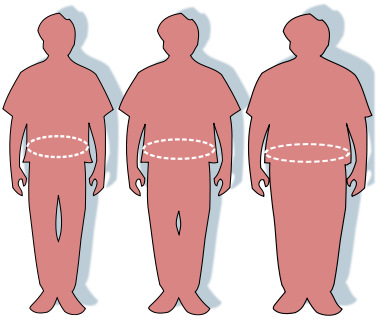
The same diet for you and your 250 pound neighbor?
Your body makeup signifies whether your body is thin, athletic, overweight, or obese. A person who is thin is not going to eat the same as someone who is athletic or even obese. Even with two women trying to lose weight, each would have a different approach depending on body stats. Why on earth would a woman at 120 pounds and another at 250 pounds be on the same diet and eat the same amount of calories? Just as the 120 pound would lose in beginning her diet, the 250 pound woman would also lose. However, weight loss progress declines and comes to a complete halt for the heavier woman after several weeks or a few months on the same exact diet plan. Why so? It's because she placed herself in "starvation mode."

Weight Plateaus
Have you ever been on a low calorie diet that stopped working?
What is starvation mode?
Are you starving yourself while trying to lose weight? You may be in starvation mode. What is starvation mode? It is when your brain thinks you are starving and goes into protection mode. Your brain doesn't know you're just trying to lose body fat. It thinks you are starving it because it's not getting enough food to support all of your body's functions. It's craving the vitamins, minerals, and phytonutrients it is lacking while in starvation mode. Wanting more so that your body and brain functions optimally, it holds onto what it does have for protection sake. It's holding onto your body fat! When your brain gives your body this signal, you stop losing weight which is called a 'weight plateau." What you may not realize is that your body still needs nutrients even if it is overloaded with fat.
What is RMR?
RMR is your resting metabolic rate or the energy required to perform vital bodily functions at rest such as respiration and heart rate. Over 70 percent of your daily energy expenditure is attributed to RMR.

Metabolism declines if you aren't feeding it what it needs.
Your body needs energy, and that energy comes from food. With too much energy, it gains weight (particularly body fat). Too little energy will cause weight loss. However, if your energy deficit is too great, then plateaus will form and you'll stop losing weight. Your body stats (i.e., age, gender, weight, height, body mass, body fat, hormonal status, and activity level) will determine how much energy you actually need. A heavier person will need more than those who are lighter in weight. An athletic person will need more than those who aren't active. Most importantly, your body requires a certain amount of energy just to sustain your body's vital functions at rest. This is called your resting metabolic rate (RMR), and it accounts for over 70 percent of your total energy. Yes, that's correct. Over 70 percent of your expended energy is required just to sustain life without movement. The heavier you are, the more energy you need to carry your weight and feed all the cells within your body. Therefore, your RMR will be higher. In the case of a 250 pound woman, she will need much more energy (calories) than a 120 pound woman just to function and stay alive. If your body does not receive the food and nutrients it needs, it will decline. Your body will then hold onto all stores of body fat as the brain is telling it that an emergency has occurred.
Eat Clean & Gluten-Free With Abby Today!
You can avoid weight loss plateaus.
A one-size-fits-all approach to dieting puts just about everyone in jeopardy of weight plateaus. Once a weight plateau occurs, losing weight becomes even more difficult. If you don't know your resting metabolic rate, you can have it tested at any local testing center such as the YMCA. The assessment will cost anywhere from $100 to $250, depending on which package you opt for. However, there is an easier method which requires some mathematical knowledge. It may not be completely accurate to you personally, but it does provide a number that is close and based on the general population for weight, height, age, gender, and activity level. To lose weight in a healthy way without the risk of endangering your metabolism, you can deduct 250 to 500 calories from your diet per day. Some people are able to deduct close to 1,000 calories per day on a short-term basis (i.e., 4 to 12 weeks) without much risk.
- Food Additives to Avoid
The food industry is big business. Learn how and what food additives may prevent you from losing weight. - Hormones in Chicken?
Are you concerned about hormones in chicken? The United States Food and Drug Administration has approved several hormones for edible meats since the 1950s. Find out what they are. - How to Eat Clean and Lose Weight
Learn how to eat clean and lose weight with 10 easy tips. Get into the habit of including these food rules. A clean eating plan will help you become healthy, vivacious, and full of life. - How to Successfully Add Fat-Burning Foods to Your Di...
Adding fat burning foods that reduce belly fat will help you reach your weight loss goals faster. Try these 5 tips to lose belly fat. - How the Glycemic Index Impacts Weight Loss
Learn how the glycemic index affects body weight. By staying clear from sugar comas and stabilizing blood sugar, weight loss won't be a problem. - How Much Green Tea to Lose Weight
Green tea and weight loss? It's potent antioxidant called
How to calculate your resting metabolic rate and calorie needs
To more accurately determine your personal calorie needs, you may use the following formula based on the Harris-Benedict equation.2 It is based on factors such as height, weight, age, and activity level. The only variable that it does not take into account is lean body mass. Therefore, the formula will be very accurate in most individuals. For the extremely muscular, the calculations will under-estimate calorie needs. For the morbidly obese, calculations will over-estimate calorie needs.
MEN: BMR = 66 + (13.7 x weight in kg.) + (5 x height in cm.) - (6.8 x age in years)
WOMEN: BRM = 655 + (9.6 x weight in kg.) + (1.8 x height in cm.) - (4.7 x age in years)
Please note that 1 inch = 2.54 cm. and 1 kg. = 2.2. pounds.
EXAMPLE 1:
- You are male.
- You weigh 200 pounds (91 kg.)
- You are 5' 10" tall (70 inches or 177.8 cm.)
- You are 40 years old.
- Your BMR = 66 + 1247 + 889 - 272 = 1,930 calories per day just for BMR (RMR)
EXAMPLE 2:
- You are female.
- You weigh 150 pounds (68 kg.)
- You are 5' 5" tall (65 inches or 165 cm.)
- You are 30 years old.
- Your BMR = 655 + 653 + 297 - 141 = 1,464 calories per day just for BMR (RMR)
After you've calculated your BMR, you can then figure your Total Daily Energy Expenditure (TDEE) by calculating your daily activity level. Use the following activity factors:
ACTIVITY FACTOR
| EQUATION
| DESCRIPTION
|
|---|---|---|
Sedentary
| BMR x 1.2
| little or no exercise, desk job
|
Light active
| BMR x 1.375
| light exercise or sports 1-3 days per week
|
Moderately active
| BMR x 1.55
| moderate exercise or sports 3-5 days per week
|
Very active
| BMR x 1.725
| hard exercise or sports 6-7 days per week
|
Extremely active
| BMR x 1.9
| 2X daily training, marathon, football camp, bodybuilding
|
Let's continue with the previous examples.
EXAMPLE 1:
- Your BMR is 1,930 calories per day.
- You activity level is moderately active with working out 4 times per week.
- Your activity factor is 1.55.
- Your TDEE or maintenance calories per day is 2,992 (1,930 x 1.55)
EXAMPLE 2:
- Your BMR is 1,464 calories per day.
- Your activity level is lightly active with working out 3 times per week.
- Your activity factor is 1.375
- Your TDEE or maintenance calories per day is 2,013 (1,464 x 1.375)
More fitness and nutrition calculators
How to lose weight using your TDEE calculations
If your goal is to lose weight, you will need a deficit from your TDEE calculations. Remember that you want to protect your metabolism. Therefore, a safe deficit would be between 250 to 500 calories per day. For short periods of time (4 to 12 weeks), you can go up to 1,000 calories. However, I would recommend using activity or exercise for additional deficits. Let's use 500 calories with the above examples.
EXAMPLE 1:
- TDEE calories = 2,992
- Calorie deficit = 500
- Total calories per day for weight loss = 2,492
EXAMPLE 2:
- TDEE calories = 2,013
- Calorie deficit = 500
- Total calories per day for weight loss = 1,513
Tell Us What You Think
You're reading "How to Lose Weight Healthily and Safely" by Abby Campbell. Please leave a comment and tell us what you think below. Then share the article with your family and friends. You may even share on Facebook, Twitter, or Pinterest (buttons to your right).

About the author
Abby Campbell, BSc, SFN, SSN, CPT, is a leading professional fitness and nutrition expert, researcher, and published author. For over 10 years, she has coached thousands of women locally and online to lose body fat and lead healthy lifestyles. Her clients have lost thousands of pounds, reclaimed health, and call her “Coach No Gimmick.” She is from Northern Virginia but now resides near Charlotte, North Carolina. Abby has been married for more than 20 years and has three grown daughters, one of which is autistic. She is a 20+ year cancer survivor.
References
[1] Colquhoun, J. & Bosch, L.T. (Producers & Directors). (2012). Hungry for Change [Motion picture]. United States: Permacology Production Pty Ltd.
[2] Cornell University. (2013). Basal Energy Expenditure: Harris-Benedict Equation. Retrieved from http://www-users.med.cornell.edu/~spon/picu/calc/beecalc.htm.


